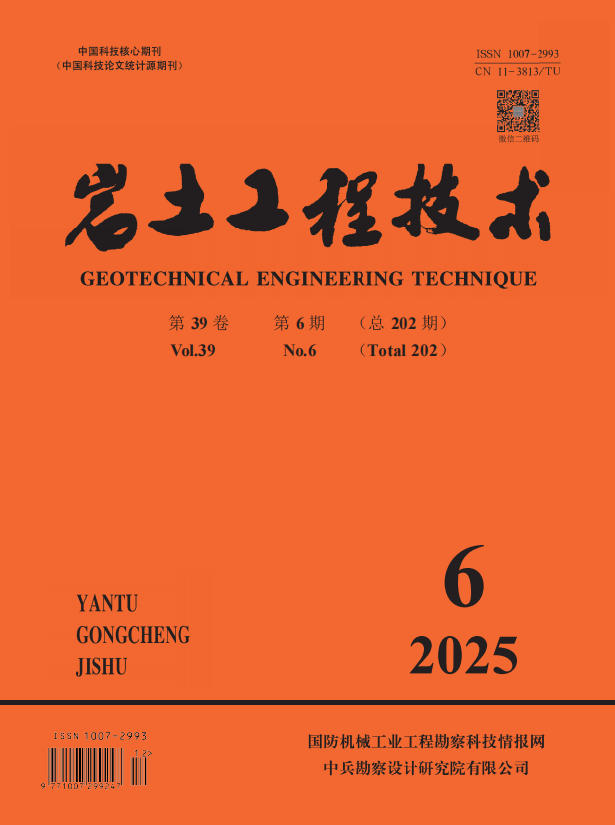2008 Vol. 22, No. 4
Display Method:
2008, 22(4): 163-168.
Abstract:
2008, 22(4): 169-172,193.
Abstract:
2008, 22(4): 173-177.
Abstract:
2008, 22(4): 178-181.
Abstract:
2008, 22(4): 182-185.
Abstract:
2008, 22(4): 186-189,197.
Abstract:
2008, 22(4): 190-193.
Abstract:
2008, 22(4): 194-197.
Abstract:
2008, 22(4): 198-202.
Abstract:
2008, 22(4): 203-207.
Abstract:
2008, 22(4): 208-212.
Abstract:
2008, 22(4): 213-217.
Abstract:



